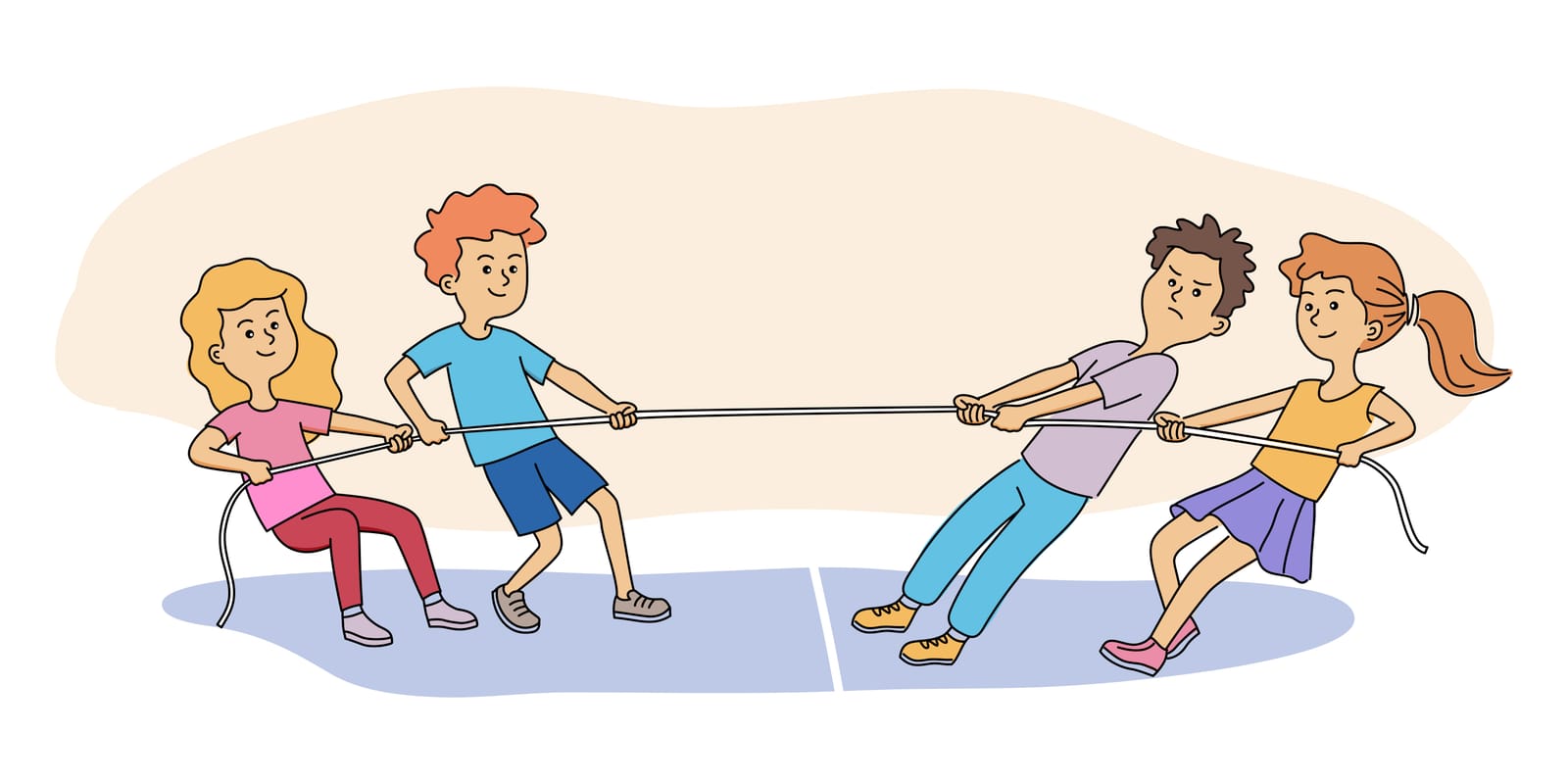YouTube in the home ...

In our house, YouTube is everywhere. With two boys, ages 9 and 12, the struggle is real. Whenever we allow screen time, they will almost always choose YouTube—usually to watch videos of gamers. I don’t mind that in itself. Watching gamer videos can be fun and even educational in its own way. What worries me is that YouTube often becomes the only option. Instead of exploring a variety of activities on the computer, they are drawn into a single, endless stream of videos.
That’s the first challenge of YouTube: it doesn’t really have an ending. Unlike a TV show or movie, there’s no natural point where the story is finished. Instead, the algorithm is designed to roll seamlessly into the next video, then the next, then the next. Shorts make it even more compulsive—bite-sized, rapid-fire entertainment that kids can scroll through endlessly. It’s no wonder that when I ask them to stop, frustration and pushback often follow.
Over time, I’ve noticed this affects their behavior and attention spans. They can become restless when they’re not watching. It shapes their interests too. The pull of YouTube is so strong that it often outweighs other activities—reading, drawing, building, or simply playing outside.
Parental controls help only so much. Whatever limits I try to put in place, my boys are resourceful. They find workarounds—other devices, other Wi-Fi signals, or even streaming platforms like Roku, Nintendo Switch, or Oculus that all have YouTube built in. YouTube is so ubiquitous, I feel like it’s hiding behind every screen in the house.
That means managing YouTube isn’t just about setting rules. It requires attention, consistency, and sometimes sacrifice from parents. It means looking at all the ways YouTube sneaks into daily life, whether through a smart TV, an iPad without a password, or a device with an app store. But even more importantly, it means acknowledging that many kids simply cannot monitor and control their own viewing habits. Left to their own devices, they will watch far longer than is healthy.
The deeper challenge is not just access—it’s the algorithm itself. YouTube has created a system that is incredibly effective at keeping viewers engaged. In many ways, I admire the design. But for kids, this effectiveness means they have trouble pivoting away, trouble discovering other interests, and trouble stopping on their own.
So the struggle continues. As parents, we have to intervene, set limits, and help our kids balance YouTube with other parts of life. It isn’t easy. But it’s necessary, because while YouTube can be entertaining and even enriching, it was never designed with children’s self-regulation in mind. That’s the job of the parent—and it takes constant, conscious effort to keep the balance! -Dave
Sound familiar?? See our post on Instagram and leave a comment about your experience!
